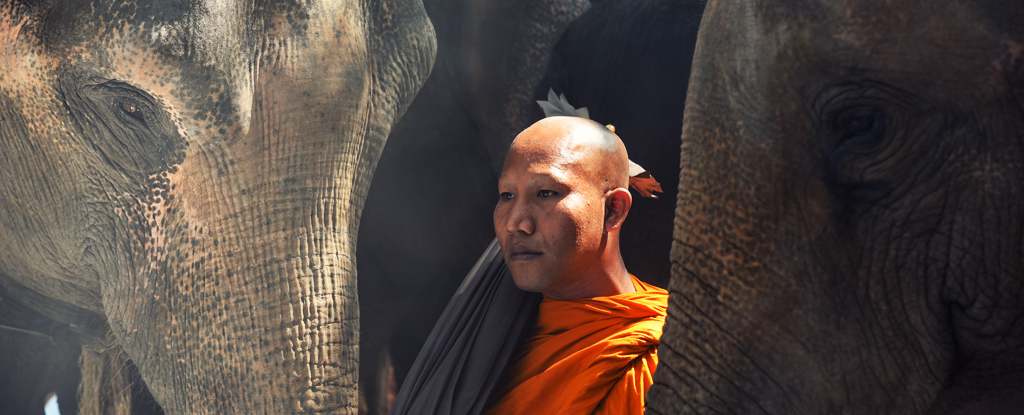Fur is a distinctive feature of a mammal. But balding is nice for some crazy mammals, including dolphins, mole rats, elephants and of course humans. Not to mention a practical adjustment.
But all of our ancestors had a lot of fur. We still have the means to be hairy, according to a new study of relatively hairless mammals. These genes, it seems, were simply switched off.
In their search for nearly 20,000 coding and 350,000 regulatory genes compared across 62 different mammalian species, University of Pittsburgh geneticist Amanda Kowalczyk and her team found a mechanism behind these intriguingly parallel changes.
This reappearance of a trait across unrelated lineages is known as convergent evolution. In case of hairlessness, it has independently evolved at least nine times along different branches of the mammalian family tree.
The selection pressure for this hair deficiency is as diverse as the species that have lost their down. For elephants, it’s a way of losing heat faster; for marine mammals, being slimmer means less resistance to movement in the water; and for us there may be several contributing factors including thermoregulation and Reduction of parasites.
Despite these differences, Kowalczyk and colleagues found that the genetic changes in furless species are mainly due to mutations in the same sets of genes.
Many of these genes that collect mutations were linked to the structure of the hair itself, such as genes that code for keratin proteins, the sequences that regulate hair development.
“As animals face evolutionary pressure to lose hair, the genes that code for hair become less important,” said University of Pittsburgh geneticist Clark Nathan explained.
“Therefore, they accelerate the rate of genetic changes allowed through natural selection. Some genetic changes could be responsible for hair loss. Others could be collateral damage when the hair stops growing.”
While we still retain many of our ancestral fur-coding genes, the accumulation of these mutations turned their regulation wheels “off.”
The team also identified hundreds of new hair-related regulatory genes and several potential new hair-coding genes. These may prove important for people trying to restore lost hair due to medical conditions or chemotherapy.
“There’s a whole range of genes that we don’t know much about,” says Kowalczyk says. “We think they may play a role in hair growth and hair care.”
The team’s approach could also be applied to various convergent evolutionary traits. They are now using their computerized method to study other health conditions.
“This is a way to determine global genetic mechanisms underlying different traits,” Clark closes.
This study was published in eLife.





